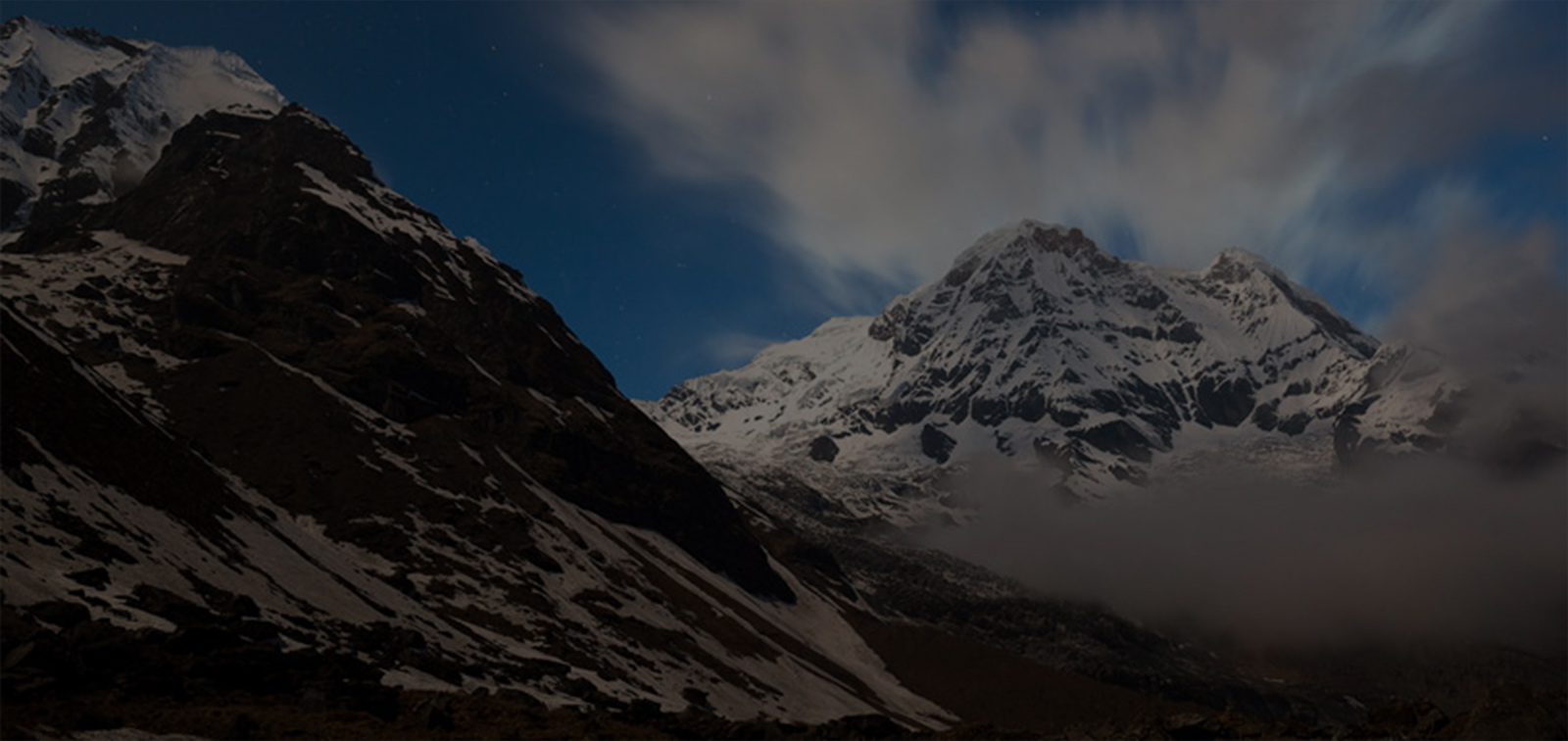General Information About India
India is a vast continent that is tailored for the independent holiday maker. We invite you to discuss your travel plans with us and allow us to create a tailored package to meet your budget and needs. Below is a small selection of tours that we have chosen for their special qualities, whether it is the architectural splendor of the world famous Taj Mahal, the palaces of the Maharajahs or the opportunity to step back in time aboard the magnificent Palace on Wheels The Indus Valley civilization, one of the oldest in the world, goes back at least 5,000 years. Aryan tribes from the northwest invaded about 1500 B.C.; their merger with the earlier inhabitants created the classical
Indian culture.
Arab incursions starting in the 8th century and Turkish in 12th were followed by European traders, beginning in the late 15th century. By the 19th century, Britain had assumed political control of virtually all Indian lands. Nonviolent resistance to British colonialism under Mohandas GANDHI and Jawaharlal NEHRU led to independence in 1947. The subcontinent was divided into the secular state of India and the smaller Muslim state of Pakistan. A third war between the two countries in 1971 resulted in East Pakistan becoming the separate nation of Bangladesh. Fundamental concerns in India include the ongoing dispute with Pakistan over Kashmir, massive overpopulation, environmental degradation, extensive poverty, and ethnic and religious strife, all this despite impressive gains in economic investment and output.
Visa Information About India
Tourist Visas which are now valid for 6 months are issued only to those foreigners who have no residence or occupation in India and whose sole objective in visiting India is recreation, sight-seeing or casual visits to friends and relatives. Tourist visas count from the date of issue and cannot be extended or converted into any other category in India. All visas other than transit visas are issued only after telex clearance is received from the Indian Mission in the country to which the applicant belongs. This process takes around 1 week after telexes are sent. Applicants should therefore be prepared to wait for one week after telex clearance is sought before visas are issued to them. Telex clearance charges are Nrs. 300/-.
References made to the authorities in India take at least 8 weeks for examination and clearance. Applicants are advised not to make repeated enquiries from this Mission during this period.
The Embassy of India in Kathmandu is the sole authority for dealing with all matters concerning issue of India visas to foreign nationals in Nepal. Applicants are advised not to contact any other agencies/individuals for this purpose. Visa application forms are available, on request, at the Embassy.
Applicants are required to furnish two passport size photographs while filling up the application form.
People of India
India is a land of great diversity, more heterogenous than any other country in the world.
Four major racial groups have met and merged in India resulting in a complex demographic profile. The pale-skinned Europoid entered from the western mountain passes, encountering settled populations of Dasyu, the dark skinned ones of Rig Vedic description.
The Aryans established a dominant presence in the northwest and the Gangetic plain, but the people of Mongoloid descent remained undisturbed in the Himalayan region and the highlands of the northeast. Their affinity with the southeast Asian world is remarkable and is reflected in the motifs used in the crafts. Though the Mongoloid people influenced the racial pattern of tribes in the eastern provinces of Orissa and Bihar, by and large, they stayed within central India. Southerners in peninsular India might have had a link with Negroid racial elements, as deduced from contemporary populations with dark skins and tightly curled hair. But the only true Negrito are isolated in the Andaman Islands.
The ethnic diversity is reflected in the variety of languages and dialects used in India - 17 major languages and 900 dialects or closely related subsidiary languages. The Indo-European group, particularly the sub-branch of the Indic languages, concentrated as dialects of northwest India and the Gangetic plains, share a linguistic pool with modern French, English, Greek and Persian, indicative of migrations of Europoid people. The Dravidian language family alone consists of 23 languages. Tamil is spoken in Tamil Nadu, Telugu in Andhra Pradesh, Kannada in Karnataka and Malayalam in Kerala.
Tribal groups of Oraon, Munda and Santhal scattered through the highlands of eastern and central India use the languages of the Austro-Asiatic family, but many of the dialects with only oral traditions have lost.
Less than one per cent of modern India's population - comprising the Mizo, Naga, Lushai and Khasi , to name a few tribes - is inheritor to the languages of the Tibeto-Burman family. Secluded by geography and, later, protected by policy, their ethnological and linguistic identity has survived. Christian missionaries have contributed to the standardization of some of these languages.
Religion of India Hindu :
The word Hindu originally meant people living on the banks of the river Sindhu. Now it has religious-cum-philosophical connotations. The roots of Hindu Philosophy are the ideas of the Vedas. The Vedas are called Shruti or `that which is heard' and are regarded as revelations to sages passed down orally to disciples and students. Such ideas led to the Samkhya system of philosophy, which is astik (Theist), rational and systematic in its approach. The sage Kapila of 7th century BC is considered to be its founder.
Christianity :
Christianity is not native to the Indian soil, although there have been Christian communities in Kerala almost since the founding of the religion by Jesus Christ. Born in Bethlehem, to Mary and Joseph (who was a carpenter), Jesus spread love and mercy to all. In the environment of the Roman Empire, his message acquired a unique force of its own, the powers-that-be had him crucified after he had been betrayed to them by one of his own disciples. But he rose from his tomb and this Resurrection gave new strength to his other followers, who went on spreading his message.
Sikhism :
Sikh philosophy is a young, indigenous, monotheistic one. Guru Nanak (1469-1539) who was trying to unite Hinduism and Islam, founded the Sikh religious order. The word `Sikh' derives from the Sanskrit word shishya or disciple. Sikh philosophy is a set of ideas developed by ten gurus or teachers and passed on to their shishyas or disciples. It conceives of God as nirakara or formless and also as one. It admits of no idols or superstitions, whether Hindu or Islamic. It recognizes all human beings to be equal. However it retains certain Hindu ideas, such as those of the immortality of the soul, of transmigration and karma. The sacred book of the Sikhs is the Adi Granth or Granth Sahib (completed in 1604), of which the Japji section was written by Guru Nanak himself.
Islam :
Islam had its genesis outside India, in what is now Saudi Arabia. Followers of this faith are called Muslims. Islam was basically propounded by prophet Mohammad (born around 570A.D. in Mecca), although the belief is that it was brought to the world by Adam and different messengers were sent by God to preach this lesson and Mohammad was the one who came last. In other words, Mohammad gave the final form to an already existing religion. Muslims are also referred to as Mohammedans.
Climate of India
The Himalayas isolate South Asia from the rest of Asia. South of these mountains, the climate, like the terrain, is highly diverse, but some geographers give it an overall, one word characterization violent. What geographers have in mind is the abruptness of change and the intensity of effect when change occurs the onset of the monsoon rains, sudden flooding, rapid erosion, extremes of temperature, tropical storms, and unpredictable fluctuations in rainfall. Broadly speaking, agriculture in India is constantly challenged by weather uncertainty.
It is possible to identify seasons, although these do not occur uniformly throughout South Asia. The Indian Meteorological Service divides the year into four seasons: the relatively dry, cool winter from December through February; the dry, hot summer from March through May; the southwest monsoon from June through September when the predominating southwest maritime winds bring rains to most of the country; and the northeast, or retreating, monsoon of October and November.
The southwest monsoon blow in from sea to land. The southwest monsoon usually breaks on the west coast early in June and reaches most of South Asia by the first week in July (see fig. 6). Because of the critical importance of monsoon rainfall to agricultural production, predictions of the monsoon's arrival date are eagerly watched by government planners and agronomists who need to determine the optimal dates for plantings.
Theories about why monsoons occur vary. Conventionally, scientists have attributed monsoons to thermal changes in the Asian landmass. Contemporary theory cites other factors the barrier of the Himalayas and the sun's northward tilt (which shifts the jet stream north). The hot air that rises over South Asia during April and May creates low-pressure areas into which the cooler, moisture-bearing winds from the Indian Ocean flow. These circumstances set off a rush of moisture-rich air from the southern seas over South Asia.
The southwest monsoon occurs in two branches. After breaking on the southern part of the Peninsula in early June, the branch known as the Arabian Sea monsoon reaches Bombay around June 10, and it has settled over most of South Asia by late June, bringing cooler but more humid weather. The other branch, known as the Bay of Bengal monsoon, moves northward in the Bay of Bengal and spreads over most of Assam by the first week of June. On encountering the barrier of the Great Himalayan Range, it is deflected westward along the Indo-Gangetic Plain toward New Delhi. Thereafter the two branches merge as a single current bringing rains to the remaining parts of North India in July.
History of India
By the twentieth century, most such tribal groups, although constituting a substantial minority within India, lived in restricted areas under severe pressure from the caste-based agricultural and trading societies pressing from the plains. Because this evolution took place over more than forty centuries and encompassed a wide range of ecological niches and peoples, the resulting social pattern is extremely complicated and alters constantly.
India had its share of conquerors who moved in from the northwest and overran the north or central parts of the country. These migrations began with the Aryan peoples of the second millennium B.C. and culminated in the unification of the entire country for the first time in the seventeenth century under the Mughals. Mostly these conquerors were nomadic or seminomadic people who adopted or expanded the agricultural economy and contributed new cultural forms or religions, such as Islam.
The Europeans, primarily the English, arrived in force in the early seventeenth century and by the eighteenth century had made a profound impact on India. India was forced, for the first time, into a subordinate role within a world system based on industrial production rather than agriculture. Many of the dynamic craft or cottage industries that had long attracted foreigners to India suffered extensively under competition with new modes of mass production fostered by the British. Modern institutions, such as universities, and technologies, such as railroads and mass communication, broke with Indian intellectual traditions and served British, rather than Indian, economic interests. A country that in the eighteenth century was a magnet for trade was, by the twentieth century, an underdeveloped and overpopulated land groaning under alien domination. Even at the end of the twentieth century, with the period of colonialism well in the past, Indians remain sensitive to foreign domination and are determined to prevent the country from coming under such domination again.
Geography of India
Size:
Total land area in India - 2,973,190 square kilometers. Total area, including territorial seas, claimed is 3,287,590 square kilometers.
Topography of India:
Three main geological regions:
Indo-Gangetic Plain and Himalayas, collectively known as North India; and Peninsula or South India. Ten physiological regions: Indo-Gangetic Plain, northern mountains of the Himalayas, Central Highlands, Deccan or Peninsular Plateau, East Coast (Coromandel Coast in south), West Coast (Konkan, Kankara, and Malabar coasts), Great Indian Desert (known as Thar Desert in Pakistan) and Rann of Kutch, valley of the Brahmaputra River in Assam, northeastern hill ranges surrounding Assam Valley, and islands of Arabian Sea and Bay of Bengal.
Festivals of India
India is a country of sub continental dimensions. It is an ancient civilization and an inheritor to a rich and diverse cultural tradition. The Fairs and Festivals celebrated across the length and breadth of the land present a fascinating pageant and showcase the resplendence of its arts and crafts tradition. Some festivals are of religious nature, others are linked with the lives of the people, change of seasons and harvesting.
There are fairs which in past played an important role in the commercial life of the people and continue to be celebrated with great gusto. Some of the festivals are as followings:
- - Holi
- - Diwali
- - Dussehra
- - Baisakhi and other harvest festivals
- - Onam
- - Eid
- - Maha-Mastikabhishek
- - Guru Purnima





















